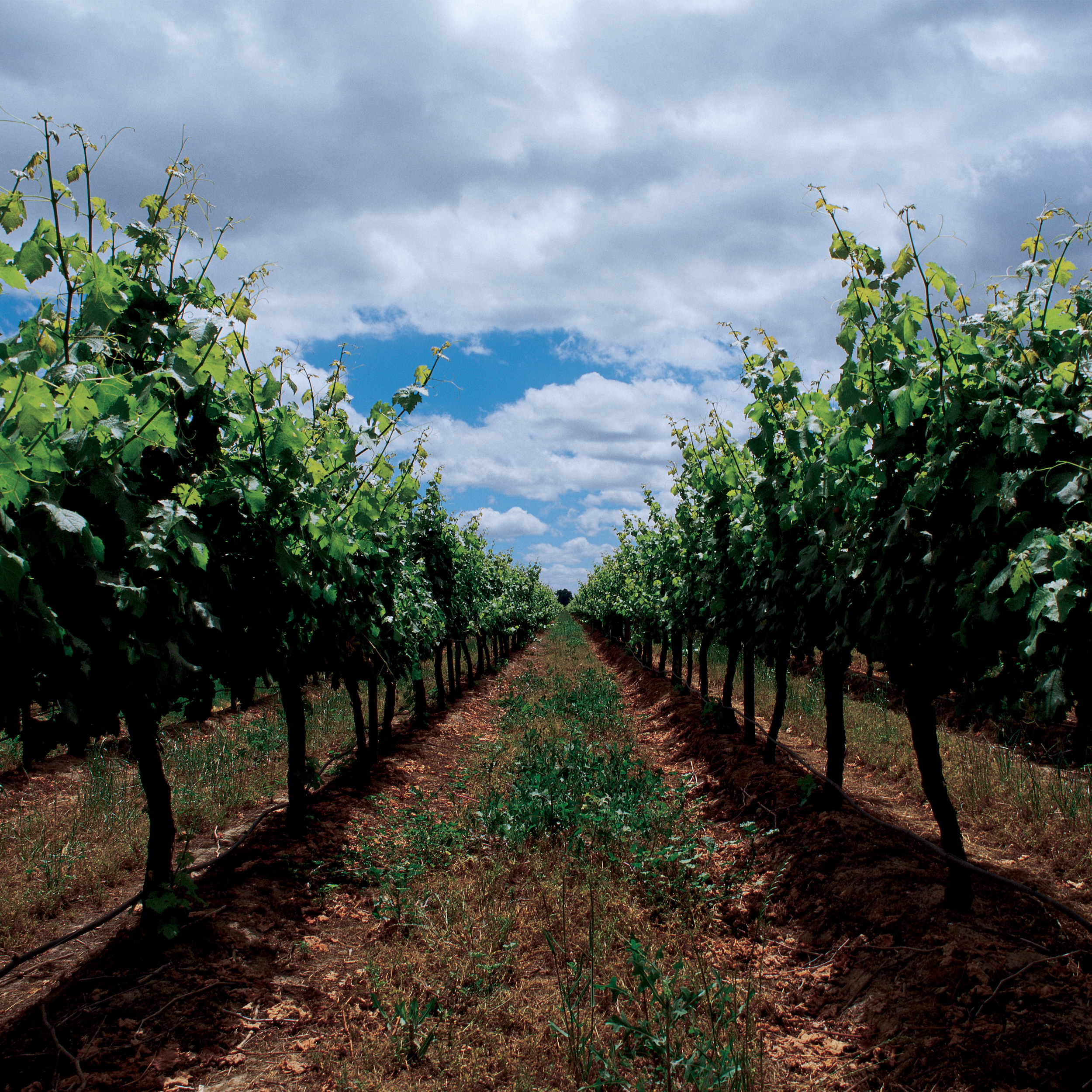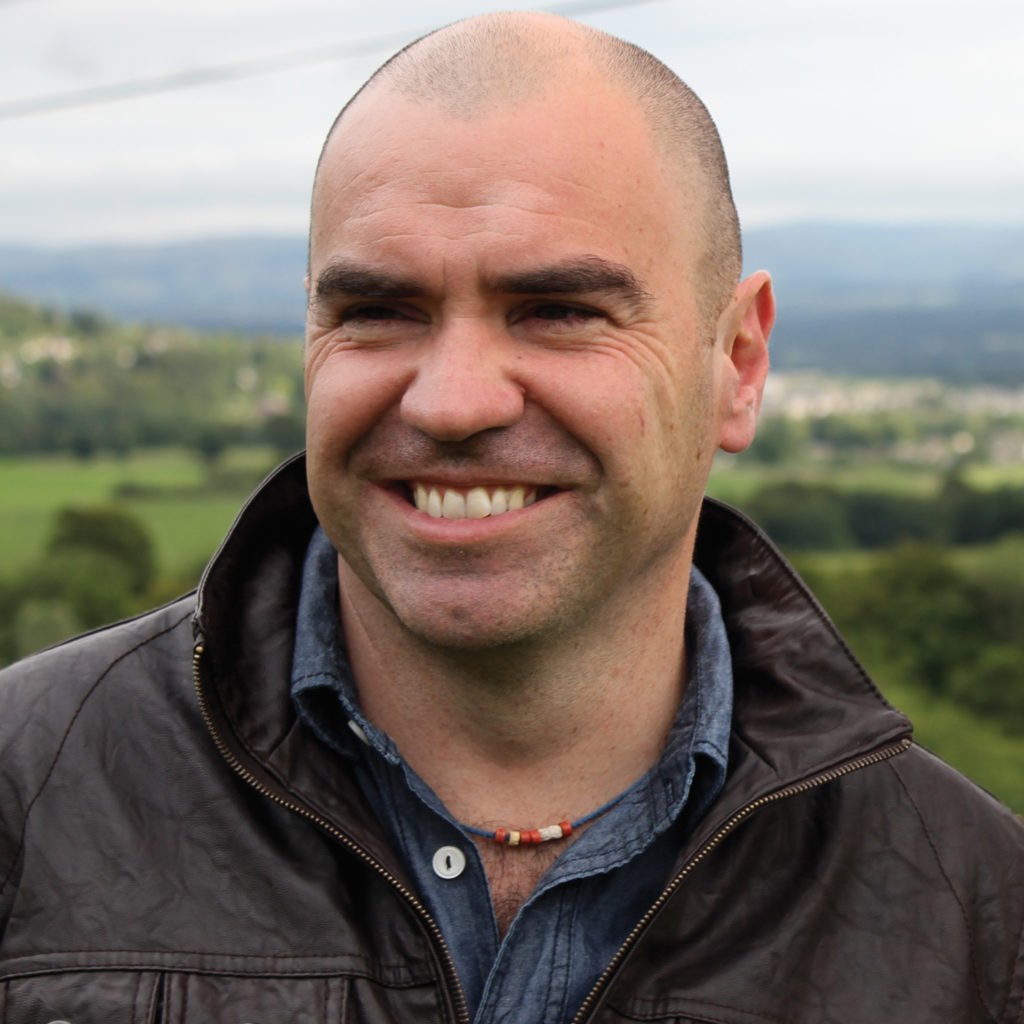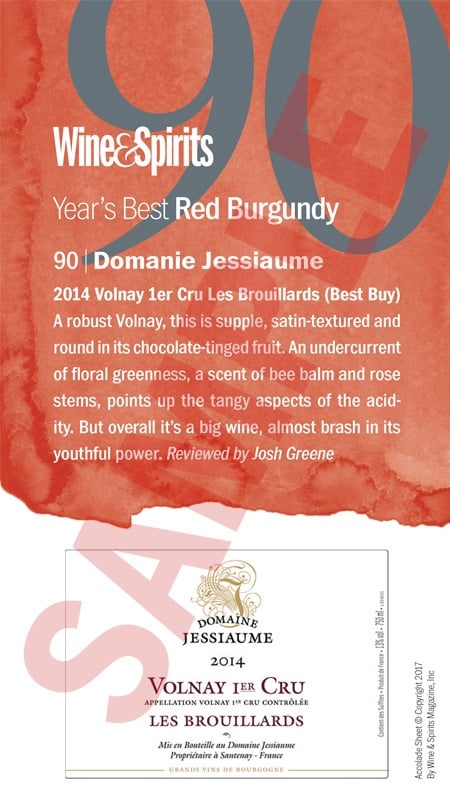The wine was already in barrel in the spring of 1994 when the news reached Alvaro Espinoza, winemaker at the time for Carmen Vineyards. The merlot he had made was in fact carmenère, a variety that had disappeared from its native Bordeaux around 1860, following the Phylloxera crisis. Because it…
To read this article and more,
subscribe now.
To continue reading without interruption, subscribe and get unlimited digital access to our web content and wine search.
This story appears in the print issue
of February 2002.
Like what you read? Subscribe
today.
















